This is why it’s also great to have a portable photo studio set up. Just in case your clients are looking for studio quality even when you don’t have an actual photography studio space.
1. Portable Photo Studio: Determine What Kit Works for Your Type of Photography
Many photographers specialize in one type of photography. Others may do different types of photography. This is important to take into consideration when you are looking to build your kits for studio quality photographs. If you are a still life photographer, you’ll need different equipment than say, a newborn photographer. You’ll also need to determine if you will be photographing in natural light or with off-camera lighting, or perhaps both.
All of these things are important to take into account when you are building your photography studio kit. It will help you maximize the type of photographs you can take. And allow you to keep your studio quality high even when you don’t have a studio space. You’ll also need to determine if you’ll be using a natural light portable studio or if you want to use artificial light or both. This will help you figure out what basic equipment you’ll need for your sessions.
2. Basic Equipment
As mentioned above different types of photography will require different equipment. Most portable setups will have this basic equipment. This basic set up will include some but not limited to the following:
Backgrounds, background stand, and clamps to keep backgrounds in place, Lights (either continuous or strobe or off camera flashes) and light stands, Transmitters for off-camera lights, Battery Pack for studio lighting, Reflectors, Posing stool or similar for portraits/people.
Keep in mind that a lot of the equipment can also be rented, bought used, or buying space saving and budget-friendly options. A foldable background is a good space saving and convenient background to carry in your car to the location of your session. It can be used indoor or outdoor. And it’s pretty lightweight which makes a really good option. Additional equipment will be specific to the type of photography you do. For example, newborns will need a floor heater and a certain type of posing cushion. For tabletop photography, you might need a lightbox, different background squares, and other styling products to help achieve the look you’re going for. Having the basic set up can help you build slowly to do the types of photography that you wish to photograph. You might only need one kit if you specialize in one type of photography.
3. Tethering
When you are photographing on location with your portable photo studio, it’s helpful to tether your camera to a device. Be it a tablet or laptop computer, tethering lets you see your photo on a larger screen. This makes it easier to achieve what your client is looking for in the final image. You can sync your computer via Wi-Fi or Bluetooth so that the connection is wireless. If you do this, be aware that your camera’s battery life will be shorter than normal. You might have to change your batteries more often. Another way to tether is by connecting your camera through a cable. This limits the mobility of both the device and the camera. Not a problem if you’re not moving much. You can also get a longer cable so that you can move around without trouble. Tethering helps your client see what you’re photographing. They can give you more creative direction so that you can spend less time guessing and more time getting it right in camera during the actual session.
4. Portable Changing Tent
Having a portable studio can be convenient at times especially on location. But it can be quite difficult to find a location with an accessible changing room for your clients. A portable changing tent is just that. It’s a foldable tent that can be expanded to offer space and privacy for your clients to change. They won’t have to find a bathroom or change in a car. Since this changing tent folds, it can be a part of your portable studio kit in the event that you need it. You may need it for headshots, modeling sessions, or for editorial photo shoots.
5. Equipment Insurance
While it’s important to have business insurance, you’ll also want to make sure that your insurance provider covers equipment. Some places do not so make sure you ask! Ask if the equipment insurance also covers the transportation of your equipment. If you’re driving to the location with your portable studio and something happens or gets damaged, this insurance will cover the damages. This is really important. You’ll be working outside of your home or safe studio space. Having coverage in the event that you get into a car accident or someone steals your equipment on location is essential. Make sure that you get complete information. That way you know exactly what is being covered in the insurance fees.
6. Allow the Client to Add Props
Having a portable studio means that you’re limited to the size of your car. This means that you’re also going to have to limit the types of props you can buy, keep, and store when you’re not using them. This can work to your advantage since each session is a little different. You can ask your clients to bring their own props to the session. If you’re doing an in-home session, this can mean using a pre-existing coffee table as the seating or chairs that they already have in their home as posing chairs. If you’re doing an outdoor studio, having the client stand might be enough to get a variety of backgrounds, poses, and looks. Renting can also be an option. Just make sure that the rental location delivers so you don’t have to worry about drop off or pick up.
7. After Session Sales
Given that your studio is mobile, this may also mean that your selling or proofing sessions may have to be mobile. Even though you don’t have a designated space, you can still hold in-person selling sessions if that is how you run your selling part of the business. In person, sales are when the photographer and client meet to view the images. They then choose which photos and products the client will purchase. If this is part of your business model or something that you would like to do, you can do so even with a mobile studio! Offer to set up the in-person sales appointment in their home so that you can bring a laptop and samples of your most purchased products. Get sample products through your professional lab. Then you can show them to your client in person.
If you are opting to go digital, you can proof your clients with an online gallery and slideshow to showcase the photos. If you go this route, it’s very important to send your clients your pricing guide on all the products that you offer from the beginning of your communication. For example, when they reserve the session, send them your pricing product guide via email. Let them know that you’re sending this so they can start thinking of what legacy items they’ll want to purchase once the photos are handed over in the gallery. Whichever you choose to do for your business, make sure that it is all streamlined and that if asked, you can answer all of their questions.
8. Keep Your Equipment in Top Shape
It’s really important to keep a small cleaning kit handy in your portable studio kit. This is because you’ll be taking your studio out. It could get dusty, dirty, full of sand, or get wet. A cleaning kit will help you pack up your studio quickly and ensuring that it’ll be in top shape for the next session. What to put in your cleaning kit:
A microfiber cloth, Distilled water, White vinegar also works to clean and dries quickly, Plastic bag for a dirty or wet microfiber cloth.
Keeping your portable studio clean will also ensure it’s lifespan.
Conclusion: Street Photography Quotes
Having a portable studio can be useful for a photographer who doesn’t have a studio space and wants to achieve that studio quality. Set up the perfect kit for the types of photos that you want to take, be it tabletop or portraits! Do you have a portable photo studio? What tips would you include? Looking for more tips? Check out our new post about how to take graduation pictures next!



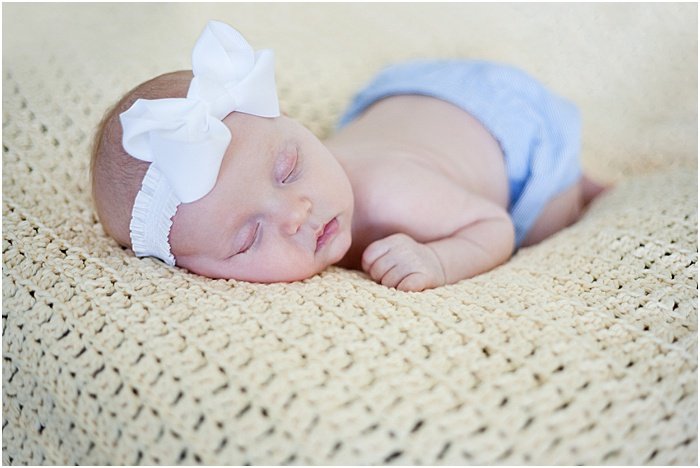
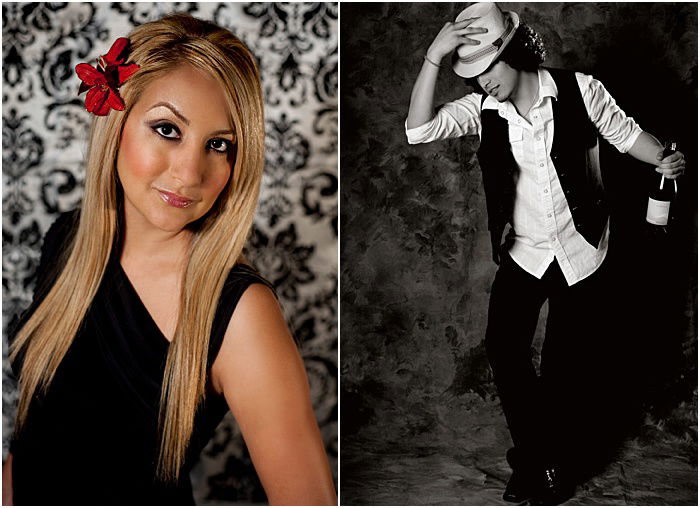
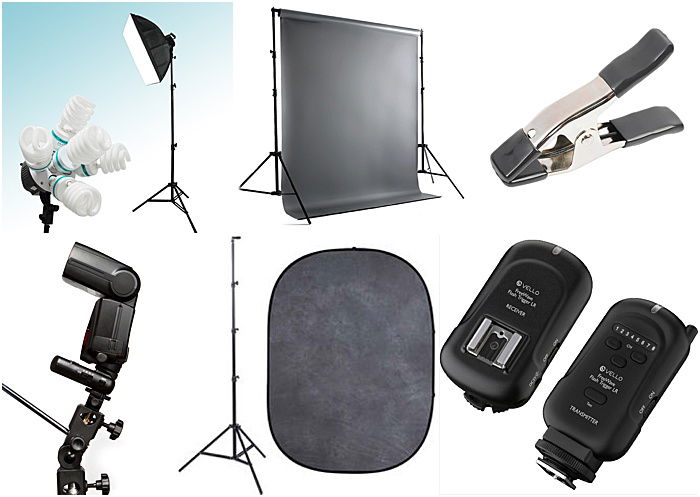
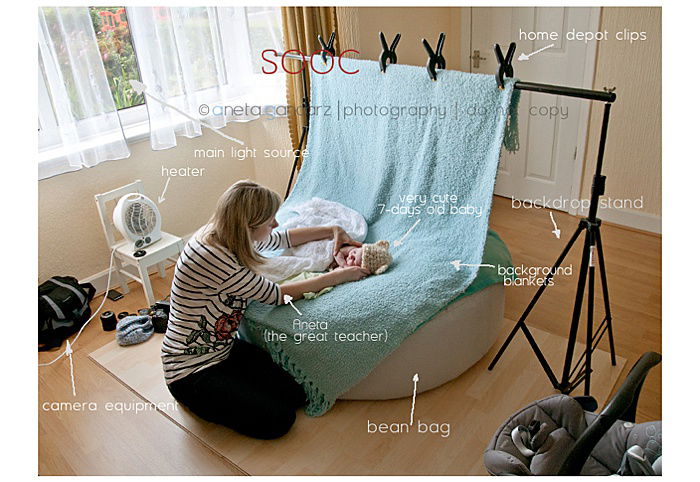
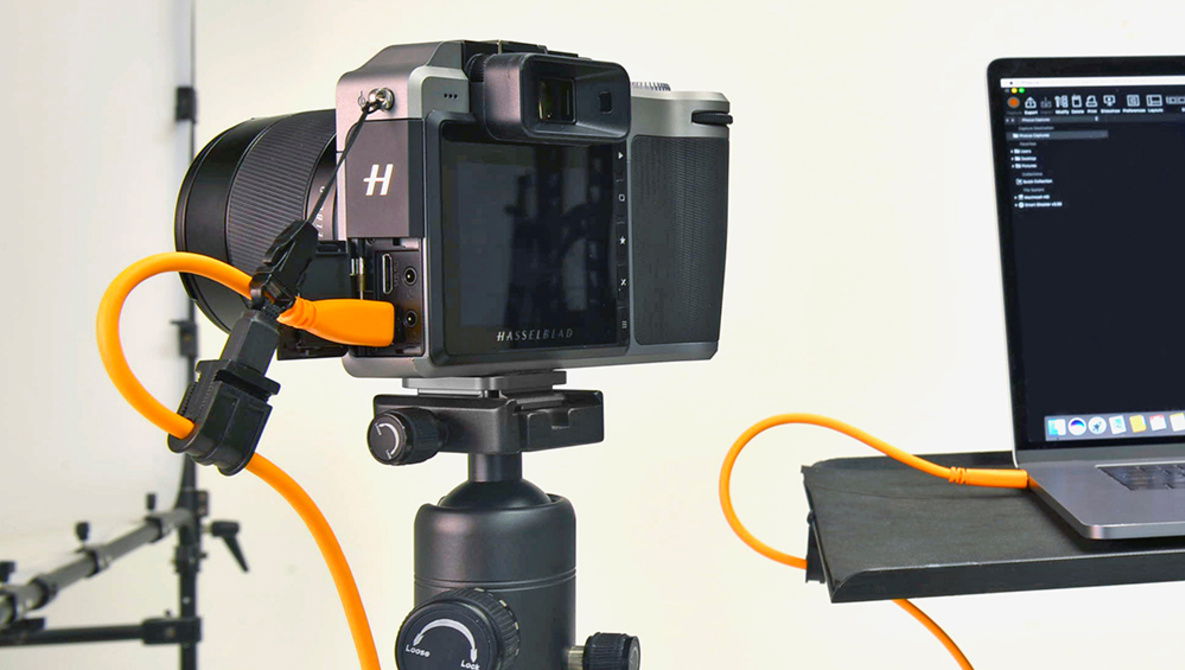
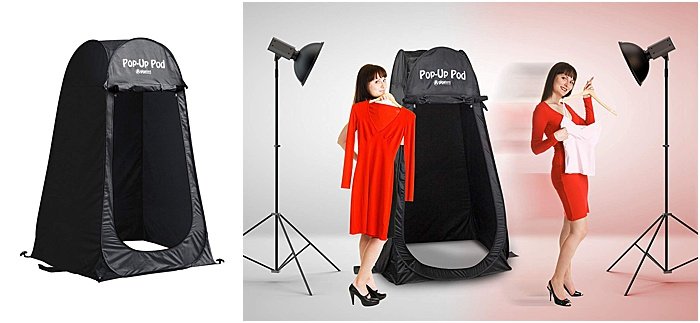
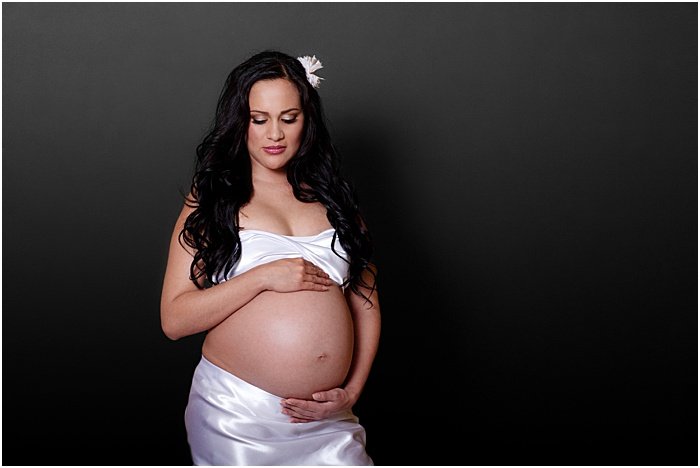
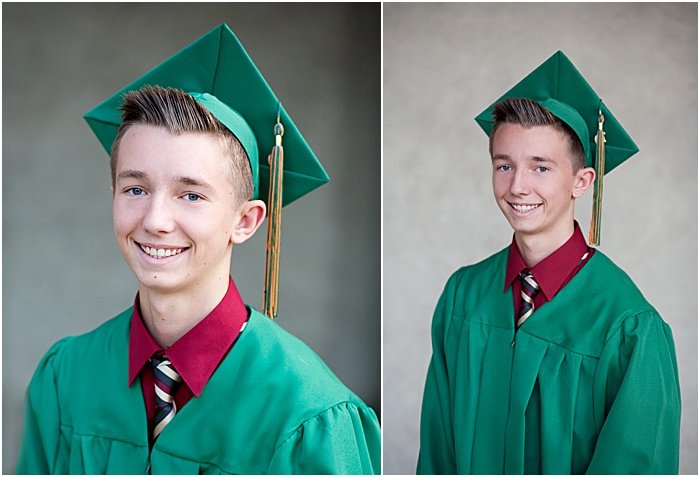
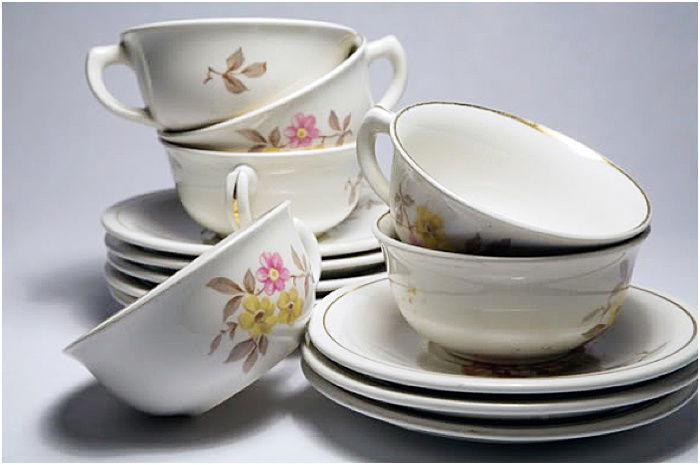
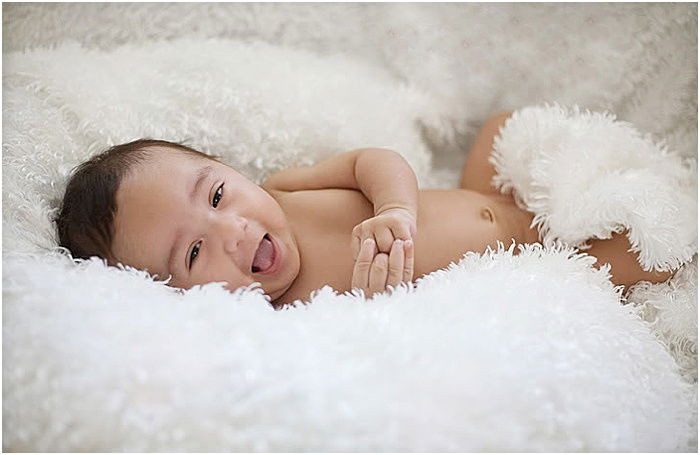
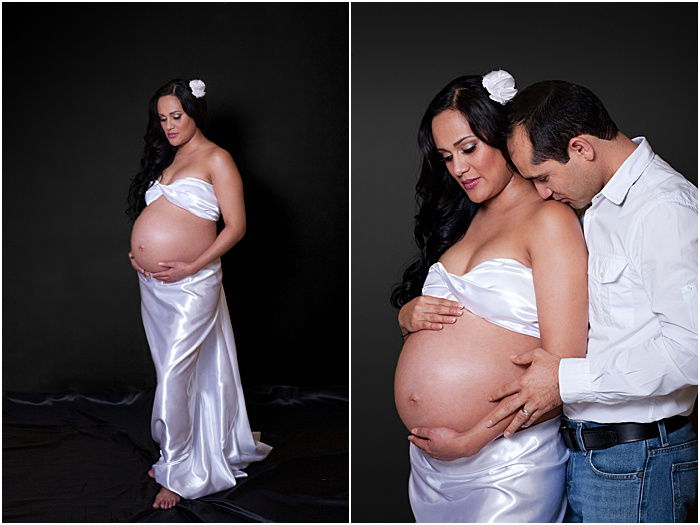
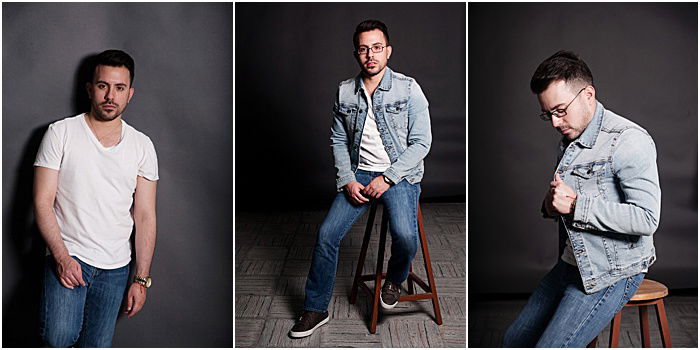
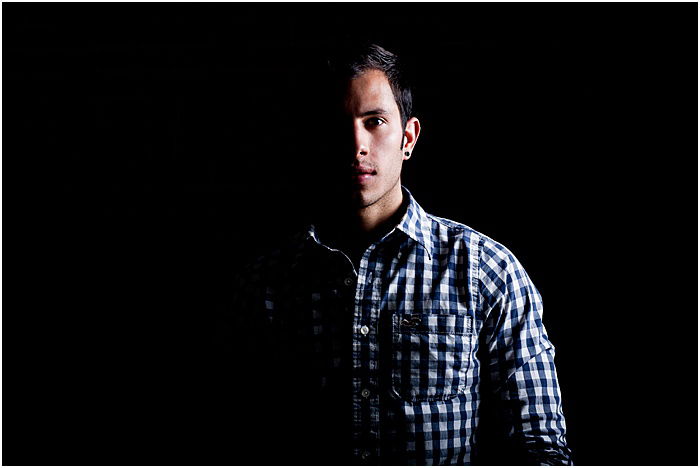
title: “8 Essential Tips For Building A Portable Photo Studio” ShowToc: true date: “2023-02-25” author: “Clyde Albaugh”
This is why it’s also great to have a portable photo studio set up. Just in case your clients are looking for studio quality even when you don’t have an actual photography studio space.
1. Portable Photo Studio: Determine What Kit Works for Your Type of Photography
Many photographers specialize in one type of photography. Others may do different types of photography. This is important to take into consideration when you are looking to build your kits for studio quality photographs. If you are a still life photographer, you’ll need different equipment than say, a newborn photographer. You’ll also need to determine if you will be photographing in natural light or with off-camera lighting, or perhaps both.
All of these things are important to take into account when you are building your photography studio kit. It will help you maximize the type of photographs you can take. And allow you to keep your studio quality high even when you don’t have a studio space. You’ll also need to determine if you’ll be using a natural light portable studio or if you want to use artificial light or both. This will help you figure out what basic equipment you’ll need for your sessions.
2. Basic Equipment
As mentioned above different types of photography will require different equipment. Most portable setups will have this basic equipment. This basic set up will include some but not limited to the following:
Backgrounds, background stand, and clamps to keep backgrounds in place, Lights (either continuous or strobe or off camera flashes) and light stands, Transmitters for off-camera lights, Battery Pack for studio lighting, Reflectors, Posing stool or similar for portraits/people.
Keep in mind that a lot of the equipment can also be rented, bought used, or buying space saving and budget-friendly options. A foldable background is a good space saving and convenient background to carry in your car to the location of your session. It can be used indoor or outdoor. And it’s pretty lightweight which makes a really good option. Additional equipment will be specific to the type of photography you do. For example, newborns will need a floor heater and a certain type of posing cushion. For tabletop photography, you might need a lightbox, different background squares, and other styling products to help achieve the look you’re going for. Having the basic set up can help you build slowly to do the types of photography that you wish to photograph. You might only need one kit if you specialize in one type of photography.
3. Tethering
When you are photographing on location with your portable photo studio, it’s helpful to tether your camera to a device. Be it a tablet or laptop computer, tethering lets you see your photo on a larger screen. This makes it easier to achieve what your client is looking for in the final image. You can sync your computer via Wi-Fi or Bluetooth so that the connection is wireless. If you do this, be aware that your camera’s battery life will be shorter than normal. You might have to change your batteries more often. Another way to tether is by connecting your camera through a cable. This limits the mobility of both the device and the camera. Not a problem if you’re not moving much. You can also get a longer cable so that you can move around without trouble. Tethering helps your client see what you’re photographing. They can give you more creative direction so that you can spend less time guessing and more time getting it right in camera during the actual session.
4. Portable Changing Tent
Having a portable studio can be convenient at times especially on location. But it can be quite difficult to find a location with an accessible changing room for your clients. A portable changing tent is just that. It’s a foldable tent that can be expanded to offer space and privacy for your clients to change. They won’t have to find a bathroom or change in a car. Since this changing tent folds, it can be a part of your portable studio kit in the event that you need it. You may need it for headshots, modeling sessions, or for editorial photo shoots.
5. Equipment Insurance
While it’s important to have business insurance, you’ll also want to make sure that your insurance provider covers equipment. Some places do not so make sure you ask! Ask if the equipment insurance also covers the transportation of your equipment. If you’re driving to the location with your portable studio and something happens or gets damaged, this insurance will cover the damages. This is really important. You’ll be working outside of your home or safe studio space. Having coverage in the event that you get into a car accident or someone steals your equipment on location is essential. Make sure that you get complete information. That way you know exactly what is being covered in the insurance fees.
6. Allow the Client to Add Props
Having a portable studio means that you’re limited to the size of your car. This means that you’re also going to have to limit the types of props you can buy, keep, and store when you’re not using them. This can work to your advantage since each session is a little different. You can ask your clients to bring their own props to the session. If you’re doing an in-home session, this can mean using a pre-existing coffee table as the seating or chairs that they already have in their home as posing chairs. If you’re doing an outdoor studio, having the client stand might be enough to get a variety of backgrounds, poses, and looks. Renting can also be an option. Just make sure that the rental location delivers so you don’t have to worry about drop off or pick up.
7. After Session Sales
Given that your studio is mobile, this may also mean that your selling or proofing sessions may have to be mobile. Even though you don’t have a designated space, you can still hold in-person selling sessions if that is how you run your selling part of the business. In person, sales are when the photographer and client meet to view the images. They then choose which photos and products the client will purchase. If this is part of your business model or something that you would like to do, you can do so even with a mobile studio! Offer to set up the in-person sales appointment in their home so that you can bring a laptop and samples of your most purchased products. Get sample products through your professional lab. Then you can show them to your client in person.
If you are opting to go digital, you can proof your clients with an online gallery and slideshow to showcase the photos. If you go this route, it’s very important to send your clients your pricing guide on all the products that you offer from the beginning of your communication. For example, when they reserve the session, send them your pricing product guide via email. Let them know that you’re sending this so they can start thinking of what legacy items they’ll want to purchase once the photos are handed over in the gallery. Whichever you choose to do for your business, make sure that it is all streamlined and that if asked, you can answer all of their questions.
8. Keep Your Equipment in Top Shape
It’s really important to keep a small cleaning kit handy in your portable studio kit. This is because you’ll be taking your studio out. It could get dusty, dirty, full of sand, or get wet. A cleaning kit will help you pack up your studio quickly and ensuring that it’ll be in top shape for the next session. What to put in your cleaning kit:
A microfiber cloth, Distilled water, White vinegar also works to clean and dries quickly, Plastic bag for a dirty or wet microfiber cloth.
Keeping your portable studio clean will also ensure it’s lifespan.
Conclusion: Street Photography Quotes
Having a portable studio can be useful for a photographer who doesn’t have a studio space and wants to achieve that studio quality. Set up the perfect kit for the types of photos that you want to take, be it tabletop or portraits! Do you have a portable photo studio? What tips would you include? Looking for more tips? Check out our new post about how to take graduation pictures next!















